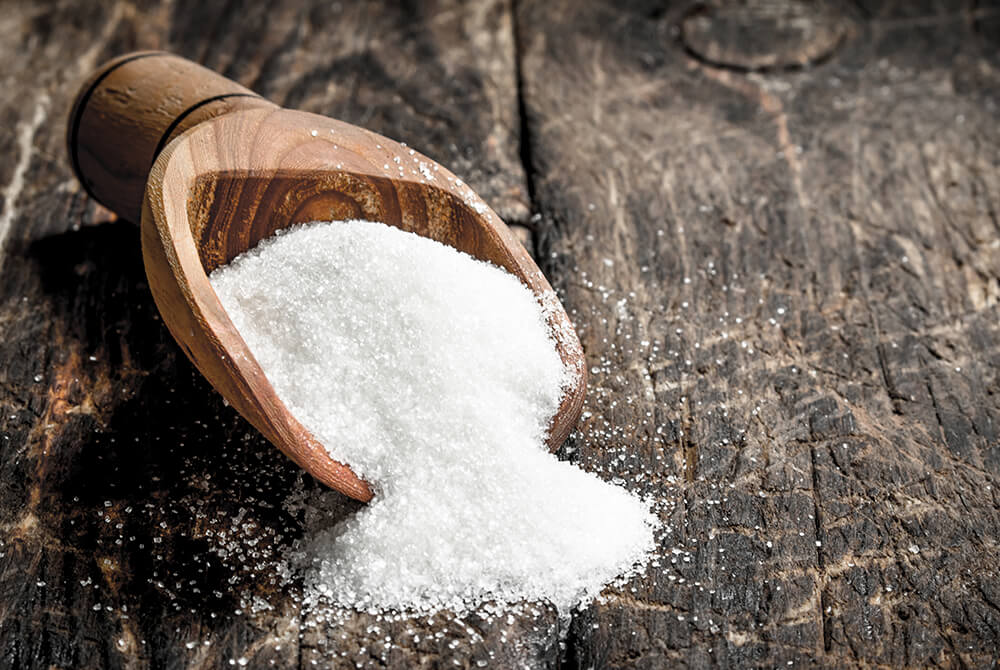Understanding Maltodextrin: Key Points to Know
Maltodextrin is a widely utilized ingredient found in numerous food products, making it crucial to grasp its essential aspects. Below, we outline what Maltodextrin is, its impact on health, properties, benefits, and applications. Let’s dive in!Maltodextrin: Unveiling Its Nature
To begin, Maltodextrin is essentially sugar derived from starch. It constitutes a polysaccharide, comprising multiple glucose molecules linked together, obtained through enzymatic hydrolysis of plant starch, predominantly corn, with rice and wheat also serving as sources. This process yields a blend of oligosaccharides, subsequently dried to form a powder.
Recognized in the food industry as E1400, Maltodextrin is prized for its versatile properties and finds application in various sectors, including pharmaceuticals and sports nutrition.
Properties of Maltodextrin
Another vital aspect to note about Maltodextrin is its multifaceted properties crucial in industrial applications. It manifests as a free-flowing white powder with high solubility, boasting properties such as:
- Emulsification
- Stabilization
- Taste enhancement
- Shelf-life extension
- Texture enhancement
Clearly, Maltodextrin’s versatility extends to its easy absorption by the body, rendering it a prevalent ingredient in food production. Moreover, it serves as a valuable energy source for athletes.
Utilization of Maltodextrin in the Food Industry
As reiterated, Maltodextrin holds significant sway in the food industry, primarily employed to impart specific textures and flavors to products.
Notably, it features prominently in the production of low-fat foods, acting as a fat substitute by forming gels akin to fat emulsions. By substituting a portion of fat with Maltodextrin, product calorie content can be reduced without compromising consistency.
Moreover, E1400 serves as an emulsifier in ice cream and beverages, enhances yogurt and juice viscosity, and facilitates the dissolution of powdered soups and sauces. In confectionery, it elevates sweetness, improves dough texture, and mitigates sugar efflorescence formation. Maltodextrin also functions as a thickener, filler, and preservative, enhancing processed food volume and shelf life.
In the production of modified infant milk, Maltodextrin serves as a readily digestible carbohydrate and energy source.
Maltodextrin in Sports Nutrition
A pivotal application of Maltodextrin lies in sports nutrition and dietary supplements. As a readily available energy source, it significantly enhances athletic performance and boasts rapid absorption. Hence, Maltodextrin provides vital carbohydrates promptly, aiding endurance athletes. Its water solubility and calorie-rich nature make it a favored addition to protein supplements, particularly for endurance athletes.
Effects of Maltodextrin on Health
Concerns often arise regarding Maltodextrin’s impact on health. While it is calorie-dense and possesses a high glycemic index, it is deemed a safe food additive with numerous benefits when consumed moderately. Striking a balance in consumption ensures its positive effects without adverse health implications.


